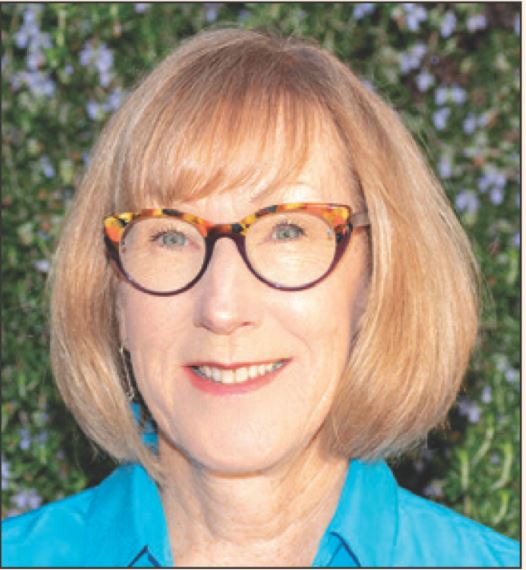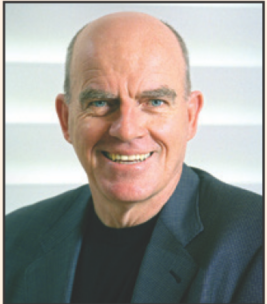Sustainable work - What & Why
About the Author:
MARY SOMERVELL
Director at InsideOutWorks
Mary is a Director at InsideOutWorks helping organisations and individuals resolve sustainable work challenges. This includes better ways to manage age-diverse teams, re-engage skilled mature workers and smoother work transitions.
Our working age population is shrinking at the same time as our retirement population is expanding. Talent shortages are on the rise. So employers and workers need to think differently about the nature of work and keeping it sustainable for longer.
For employers this means improving job quality to motivate skilled workers to stay longer in jobs. Job quality is influenced by earnings, prospects, the intrinsic aspects of the role and work flexibility.
For workers this means staying up to date, looking after health and well-being and having transferable skills.
THE WORKPLACE
Employers need to seriously consider intrinsic job quality (physical environment, work intensity and social environment) to attract and retain older workers.
Working time arrangements - duration, scheduling and flexibility - are particularly important. For example, flexible hours and part-time options free up time for other activities like carer responsibilities or voluntary work.
A sustainable workplace understands the importance and benefits of wellness programmes (healthy eating, active lifestyles, mental health and smoking cessation) to support workers with their own health and wellbeing.
Sustainable work practices include age friendly initiatives, diversity management and cultures that value differences and utilise complementary characteristics of older and younger workers.
Employer-led initiatives (age-awareness training, lifelong learning strategies, coaching and mentoring) can foster inter-generational transfer of knowledge and prevent premature exits.
The Individual
Many skilled older workers are choosing to stay in the workforce rather than retire at age 65 – often more to feel valued and socially connected than just for financial reasons.
To do this, staying up to date and having transferable skills are essential for improving employability. Investing in lifelong learning and making better lifestyle choices form the basis for staying active and valued workplace participants.
While maintaining an income is a primary motivation for working, this may change later in an individual’s working life. Feeling valued for doing meaningful or useful work can become more important, so individuals who recognise this will use it to guide their work choices.
Mechanisation of physical work, artificial intelligence and digital systems are continually forcing change so individuals need to be able to springboard existing skills into emerging areas.
Added to this is the reality of extended gaps to be a caregiver (for young children or dependant), for health or lifestyle reasons which can make it harder to re-enter the workforce. Keeping core digital skills will help workers who choose or need to take such breaks maintain their employability.
KEY ELEMENTS
Smoothing work transitions at different stages has become more critical for sustainable work.
Employers and individuals both have a role in maintaining the sustainable workplace and both can benefit from easier transitions between jobs, employment, periods of learning or caring, transitions back to work after health setbacks, and smoother transitions towards retirement.
The sustainable work challenge is matching the quality and availability of jobs with the needs and abilities of individuals over extended working lives.
Director
InsideOutWorks
027 243 2289









Most people prefer for things to continue in their same old predictable way. If change is to take place, such people will probably argue that it should happen at some point down the track—when their routines will not be affected. Such complacency needs to be transformed into a sense of urgency—or your organisation will stagnate and you won’t get the staff support you need to make change happen.